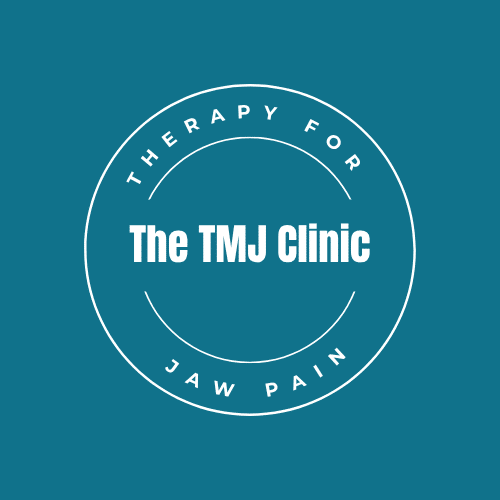FAQ
How often will I have to come?
This depends on your jaw and your history.
With the comprehensive hybrid program, most people come every 2–3 weeks for follow-ups. These 30–45 minute sessions let us:
- Review your exercises and ensure your jaw is moving correctly
- Adjust or add new exercises as you progress
- Keep your treatment structured so you continue making consistent improvements
Hands-on massage therapy is scheduled based on your needs:
- Acute flare-ups: Weekly sessions at the start to calm symptoms and reduce tension.
- Preparing for or recovering from a frenectomy: Targeted sessions before and after the procedure to support tissue and movement.
Your Plan of Care typically spans 9–12 months, depending on your goals and the root issues we’re addressing (muscle imbalance, posture habits, jaw mechanics, and other usual troublemakers).
Do I have to commit to a plan of care, or can I book individual sessions??
Short answer: nope — and there’s a good reason.
TMJ care is too complex for a “pop in when you feel like it” approach. After years of training and treating hundreds of jaws, it’s clear that real progress only happens with consistency, structured sessions, and regular exercises. Without that, you might get temporary relief… and then the symptoms boomerang right back.
Committing to a plan also helps shift your mindset. When you’re fully engaged, you’re more likely to do exercises, attend appointments consistently, and make the small habit changes that let your jaw actually improve.
Our Comprehensive Programs are designed with the right frequency, progression, and timing to let your muscles, mechanics, and habits actually change. That’s how you get lasting relief — not the TMJ version of “fix it for the weekend.”
So, no more one-off sessions — not because we’re strict, but because they don’t work for long-term TMJD relief. These programs are about helping your jaw genuinely get out of the pain cycle.
Will I need to do exercises at home?
Yes! Our program isn’t passive — real progress comes from doing simple daily exercises, usually just 5 minutes, twice a day.
Think of it like training muscles at the gym: one session won’t make your jaw strong or coordinated. Consistency, correct form, and gradual progression are what help your jaw muscles relax, move correctly, and reduce pain. Skipping exercises or doing them incorrectly slows progress or can even make symptoms worse.
Are appointments covered by Extended health benefits, OHIP, or HCAI ?
OHIP: Massage therapy isn’t covered.
HCAI / Auto Insurance: We do not accept Health Claims for Auto Insurance.
Extended Health Benefits: We don’t do direct billing, but many clients submit receipts to their provider for reimbursement. While benefits may cover part of the plan of care, our programs focus on long-term results that often go beyond what insurance covers.
What is myofunctional therapy?
Myofunctional therapy is a key component of our programs. It is a type of treatment that focuses on retraining the muscles of the face, tongue, and jaw. It helps improve breathing, swallowing, and muscle function—all of which play a role in TMJD. Think of it as physical therapy for your face and jaw!
What age groups do you treat at the clinic?
I work exclusively with adults because that’s the population I’m specifically trained and experienced in treating. Adult TMJ cases involve different patterns, contributing factors, and treatment needs, and focusing my practice here allows me to deliver the best possible outcomes. Children and teens have developing structures and unique considerations that require a pediatric-focused approach. I maintain a strong referral network and always direct younger patients to practitioners who specialize in pediatric care and are best suited to treat that age group.
What are payment options for Plans of Care?
We offer payment plans for our Plans of Care to make receiving treatment more manageable. Because care is delivered over time, payments can be spread out rather than paid all at once. Payment plans are discussed before starting care so everything is clear and predictable.



